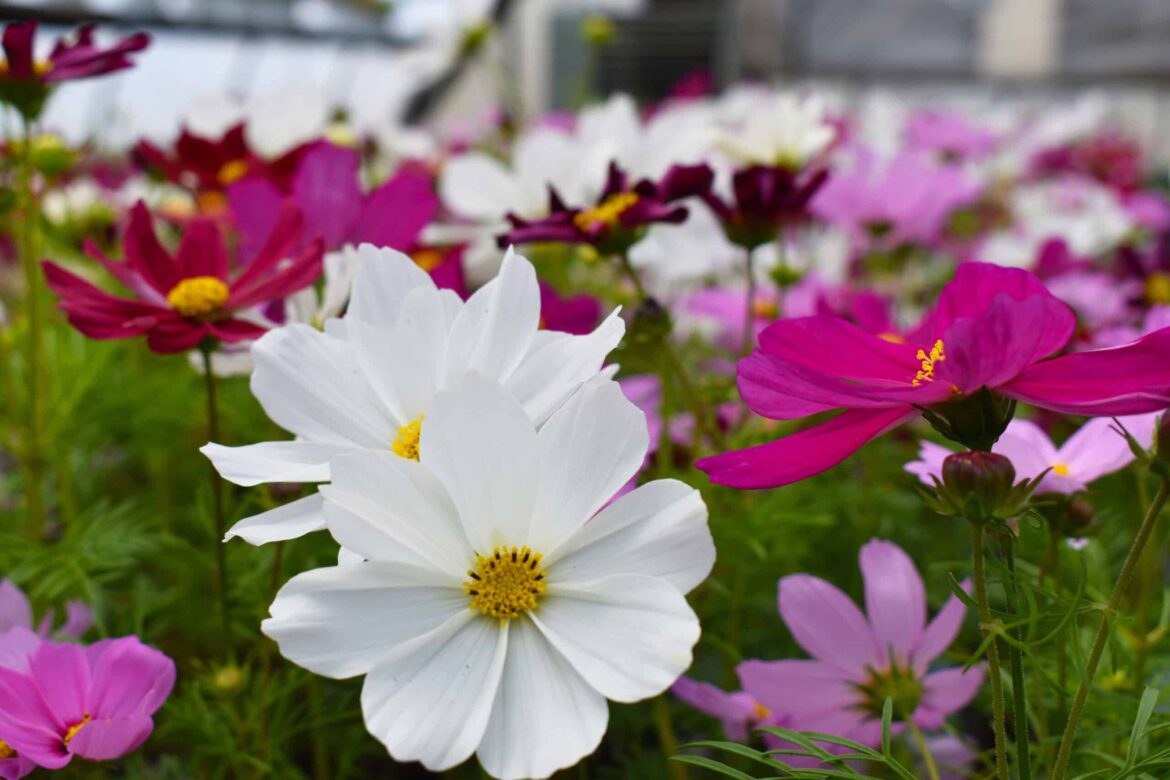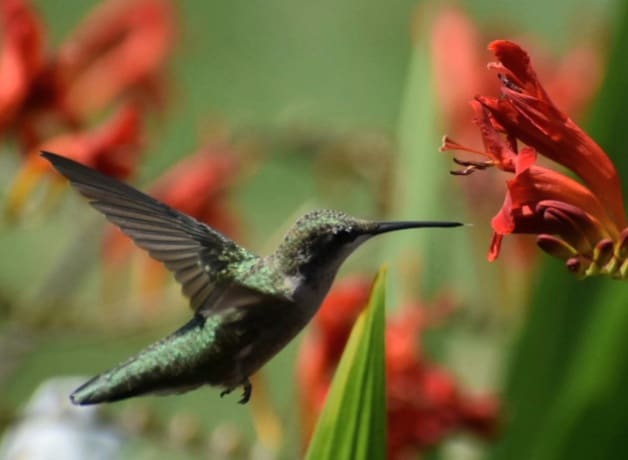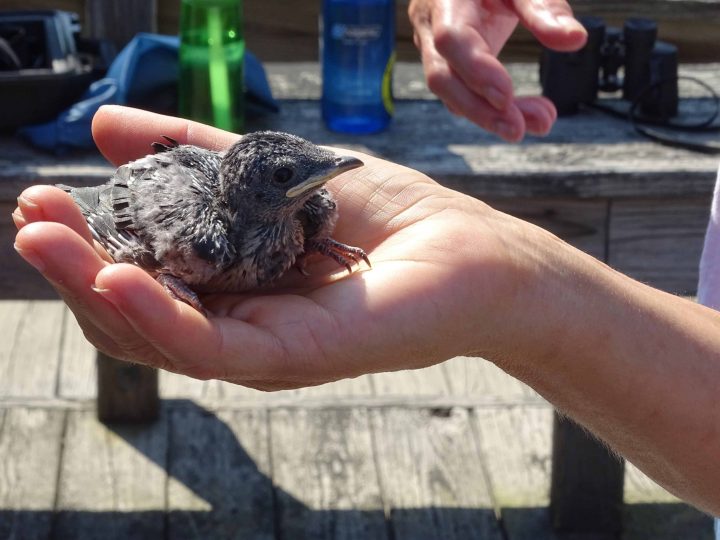
At Home
Whether being a caretaker to a container garden, having a backyard green thumb, or somewhere in between, more gardeners are giving special consideration to mindfulness this spring.
“We’re seeing a lot of interest in ecology, native plantings, increasing health and addressing flooding, extreme heat, and other larger climatic issues,” says Jill Desimini, director and associate professor of Landscape Architecture in the University of Connecticut’s Department of Plant Science and Landscape Architecture.
These trends don’t just beautify a landscape or lessen the risk from climate change; they also minimize impact on our broader surroundings. Native plant species like asters and goldenrod, for instance, have staying power and require less irrigation and maintenance compared to non-native varieties. Some attract pollinators and support other wildlife, too.
“Connecticut has a lot of privately-owned land,” Desimini says. “There’s a connectivity there that we can make better so different species and our ecosystems can thrive.” “Most locally grown trees and bushes once established don’t need a ton of maintenance,” says the team at Filanowski Farms in Milford.
Beyond native planting, Desimini says gardeners and landscapers might consider taking steps such as:
- Limiting the use of salt and other chemicals
- Using permeable materials to retain water better
- Seeking a professional consult for tasks like cutting and pruning
The trend toward mindfulness extends to when you plant as well. It’s best to wait until May—when frost is typically no longer an issue—to plant annuals like impatiens and marigolds, says Tim Astriab, owner of Glendale Farms in Milford.
The same applies to vegetables, which have varying planting windows. Some types can be sown earlier in the season, while others are best reserved for warmer temperatures. “You can plant vegetables like lettuce and cabbage early, but not peppers or tomatoes,” Astriab says.
Some gardeners are taking vegetable gardening a step further.
“Homesteading is on the rise,” says the Filanowski team. “People enjoy growing their own veggies and flowers. We will also see an uptick in flowers planted in home gardens that can be harvested and used for cut flowers.”
According toThe Old Farmer’s Almanac, the estimated last spring frost date in Milford this year is April 9th. That’s the date of the last light freeze, or when temperatures dip to between 29-32 degrees Fahrenheit. (Note: The Almanac estimate is based on historical averages. There’s still a chance for frost beyond that date.) For new plantings to thrive, the threat of frost needs to be over.
When you are ready to plant, visit your local garden center or nursery where staff can provide inspiration and ideas. “The professionals know what goes together and looks pretty,” says Astriab. Glendale Farms, as well as other area growers, offers dozens of varieties of annuals and vegetables, as well as pre-potted plants to help save you time.
If you haven’t yet established a garden, begin with the soil. Filanowski offers a peat moss perlite mix that is ideal for beds. “Having a soil with good drainage and airflow allows for the root system to breathe, expand and grow,” says the Filanowski team.
Mindful Gardening Spring To-Do List
As you cultivate a more mindful garden and landscape this spring, here are some suggested maintenance tasks, as recommended by UConn’s Home and Garden Education Center:
| MARCH |
|
| APRIL |
|
| MAY |
|
—Suzanne De Vita




